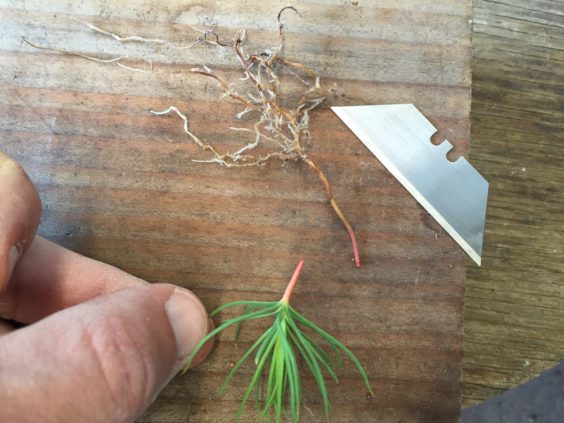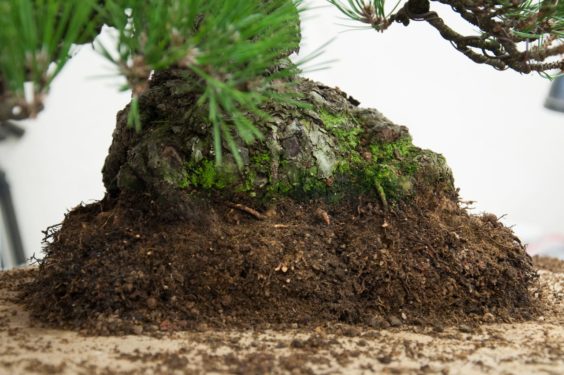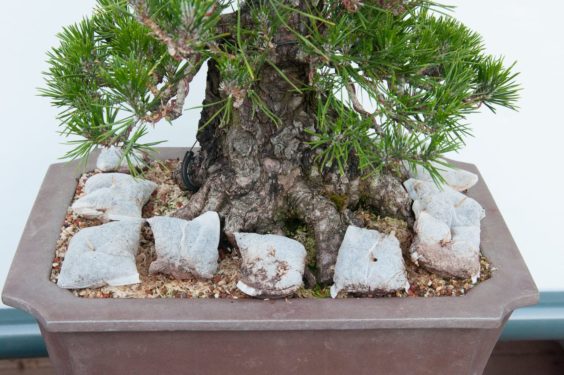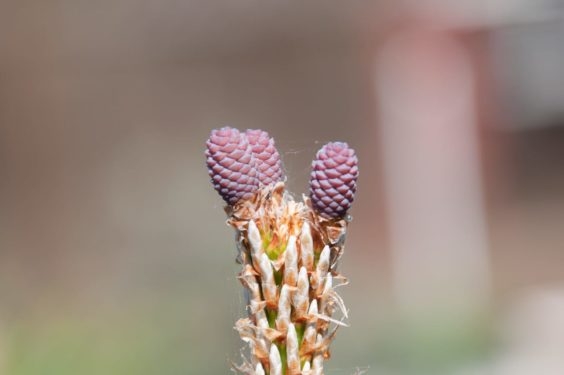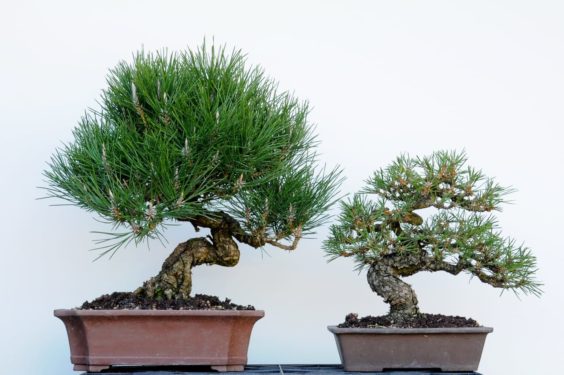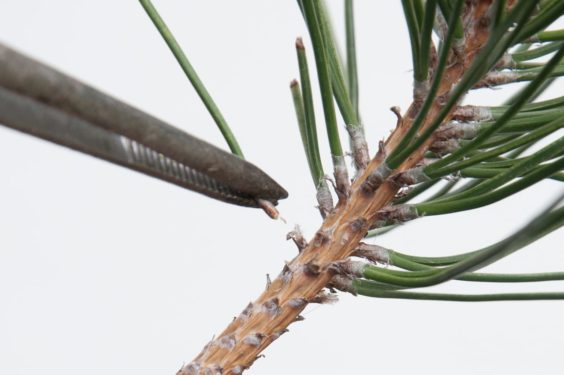If you’ve been working with bonsai for several years, you may have an idea of what needs to happen when. If you’re new to bonsai, or to a given species, it can be helpful to create a calendar to keep track of annual maintenance tasks.
Here’s a guide to help you develop your own bonsai calendar. I’ve focused on maintenance tasks and techniques for black and red pine bonsai as an example.
To customize the calendar for your garden, adjust the dates to line up with conditions where you live. You can create similar calendars for other species by listing the techniques that apply to the species and identifying the conditions that indicate the best time to do the work.
Bonsai Calendar for Black and Red Pine Bonsai
Plant Pine Seeds
Although you can germinate pine seeds any time of year, it’s common to sow seeds in late winter or early spring when daytime temperatures hit 50° – 60° F. I’ve started pine seeds in the Bay Area throughout the year, but I typically plant seeds in February. See “How to grow Japanese black pine from seed” for details.
Create Seedling Cuttings
The best time to make seedling cuttings is after the initial set of immature leaves open and the center bud begins to elongate. This is typically 30-60 days after germination. See “How to create seedling cuttings” for details.
Making a seedling cutting
Grafting
Side veneer grafts can be made at different times of the year, but the success rate for pines is best when the trees are dormant. After grafting, the tree needs to be protected from hard freezes (temperatures below 28° F). In the San Francisco Bay Area, I do most grafting from late December until just before buds begin to swell in February. See “Creating cork bark black pine” for pine grafting basics.
Repotting
The best time to repot black pines is when the roots become active just before buds begin to swell in spring. In my garden, pine roots start growing in January so I can begin repotting early in the year. Because I start fertilizing one month after repotting, repotting early lets me start fertilizing early. See “How to repot a young Japanese black pine” for details.
Repotting a black pine
Fertilizing
Bonsai can benefit from fertilizer year-round. The main exceptions are periods of excessive cold or excessive heat. Because it’s mild where I live, I can fertilize pines every month of the year.
There are many approaches to fertilizing pine bonsai. See “How to fertilize black pine bonsai” for details on one approach.
Fertilizing black pine
Pinching Candles
One technique for reducing vigor in refined pines is to break elongating candles in spring. Where I live, this means shortening candles in March or April. See “Pinching spring candles” for details.
Removing Cones
It’s common for pine cones to develop at the ends of candles once they start elongating. Remove cones when they’re big enough to twist off with your fingers.
There’s no need to remove pollen cones. Gently brush these away once they dry up and begin to fall off naturally. See “Easy pine maintenance” for details about removing pine cones.
Pine cones ready to be removed
Decandling
Decandling is the primary technique for developing branch density in black pines. To identify the best time to decandle, record the date on which you decandle and note how the tree responds. Adjust the dates accordingly the following year. I decandle pines from late May through mid-July in the Bay Area. See “Decandling black pine bonsai – an in-depth guide,” for details.
Black pines before (left) and after (right) decandling
Cutback
The best time to prune black pines is in fall after summer growth hardens off up until one month before temperatures regularly drop below freezing. When winter temperatures are mild, pruning can continue through fall and winter up until shoots begin to grow in spring. I typically prune black pines in the Bay area from October through January. Decandling time is a good opportunity for light cutback. See “Pine cutback basics” for details.
The schedule is more flexible for pruning young pines. Summer, fall, and winter (excluding periods of excessive cold) are all good times to prune pines in early stages of development.
Needle Thinning
Thinning needles is required to reduce vigor in black pines and to maintain light in the tree’s interior. The best time to thin needles on mature pines is after summer growth hardens off in fall. If need be, continue thinning needles through winter up until the candles start to elongate in spring. In the Bay Area, I start plucking needles in October and continue through January.
You can further reduce vigor in pines by thinning needles at decandling time. See “Pulling pine needles” for details about how to thin pine needles.
Removing a pine needle with tweezers
Wiring
Black pines can be wired (or de-wired) from the time summer growth hardens off in fall through bud growth in spring. Protect wired pines when temperatures drop below freezing. October and November is a great time to wire black pines in the Bay Area.
As an alternative, black pines can be wired after decandling before summer growth appears, though it’s preferable to wire pines in fall. See “Be gentle with pines” for details about how to handle pines during wiring.
Winter Protection
Protect black pines when temperatures regularly drop below 28° F. Winter protection is rarely required in the Bay Area.
About This Series
The idea for the Teach Yourself Bonsai series is to provide starting points to help you figure out what’s best for your trees. Published information can be a great starting point, but it doesn’t always apply to the trees in your garden. If you have ideas for topics, feel free to post them below.
The post Teach Yourself Bonsai #2: How to create a bonsai calendar – Japanese black pine appeared first on Bonsai Tonight.

